Loic. Loic. Loic. Loic. Loic. Loic. Loic. Loic. Loic. Loic. Loic. Loic.
Luxembourg Open Innovation Club (LOIC) is an organisation based in Luxembourg that promotes open innovation and collaboration between companies, startups, research institutions, and public entities. It aims to foster the exchange of knowledge, ideas, and expertise to drive innovation and economic growth in Luxembourg.
LOIC provides a platform for its members to network, share best practices, and explore potential collaborations. It organises events, workshops, and conferences where participants can learn about the latest trends in innovation, emerging technologies, and disruptive business models. These events often feature guest speakers, panel discussions, and interactive sessions to facilitate knowledge exchange and facilitate connections between participants. It also acts as a facilitator, helping organisations identify innovation opportunities, connect with relevant partners, and develop collaborative projects. By fostering a culture of open innovation, LOIC aims to support the growth and competitiveness of its members and contribute to Luxembourg’s overall innovation ecosystem.
This year, Manuel Hellendorf, Head of Customer Success at Novable, had the opportunity to present the latest AI innovations and how they are impacting corporate innovation.
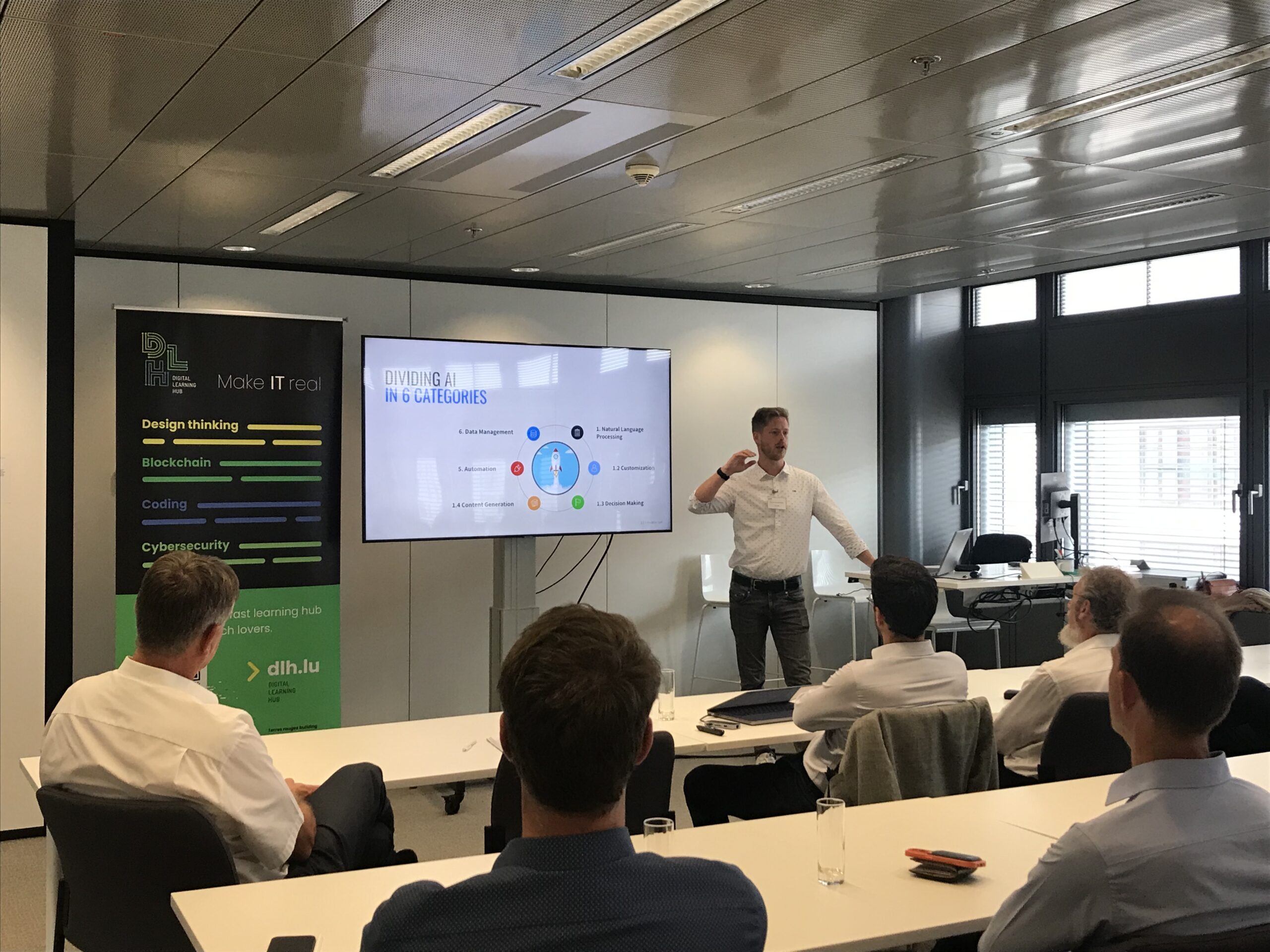
Let’s start by giving a brief explanation of what is open innovation and how it developed over last few years!
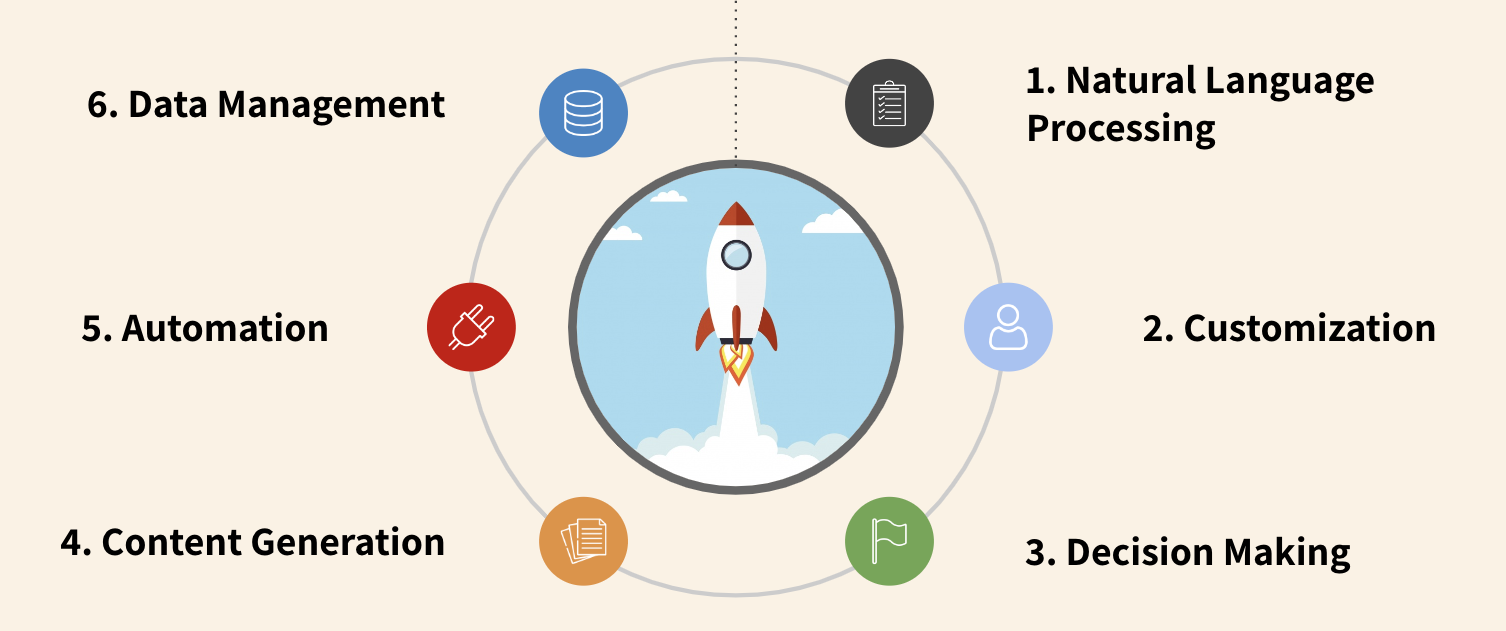
Open innovation refers to opening up your organisation’s innovation processes to external sources in order to acquire new concepts, cutting-edge technologies, and partnerships. There are many different ways to accomplish this, according to each company’s unique possibilities and needs. From crowdsourcing to startup collaborations, the deliberate openness of the innovation process to the external world can be associated with several benefits.
When developing concepts for new products and services, external partners like universities, research institutes, suppliers, or startups should be involved. Why? If businesses were to solely innovate using their own internal expertise, their solutions would be more limited. Therefore, open innovation includes benefits such as:
Inside-out open innovation. When businesses transmit innovations (tools, technologies, processes, or anything else that produces competitive advantage) outside of their firm. Companies typically do this because they think the receiving company’s business model has a better chance of successful commercialisation (partners are granted their own patents in exchange for licences).
Outside-In open innovation. In this case, the information transfer is done in the opposite direction. Businesses purchase external inventions to be integrated into their own operations in order to either broaden the market for the external use of innovation or to speed up internal innovation activities.
Coupled open innovation. The combination of the two types just explained constitutes what is called coupled open innovation. When an organisation both imports and exports ideas, or when the flow of knowledge is a two-way process. It requires close integration and dedication to co-creative processes in order to function as intended. Therefore, coupled open innovation requires a longer investment horizon than the comparatively easier forms explained above, which are the options chosen by most firms. More information is provided here.
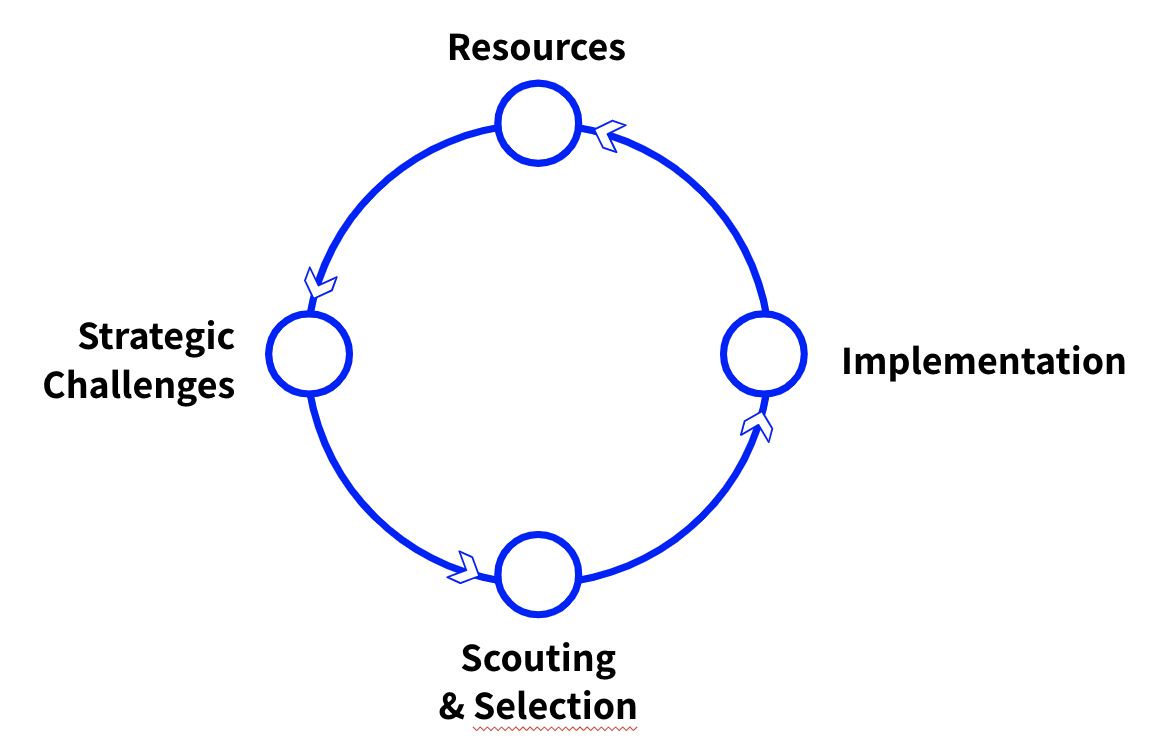
Therefore, what does it mean to have an active innovation strategy?
An active innovation strategy refers to a deliberate and proactive approach adopted by an organisation to foster innovation and drive its growth and success. It involves creating a systematic framework and implementing specific measures to encourage continuous innovation within the organisation.

I am sure everyone has heard about ChatGPT by now. In a few words, it is an NLP AI famous for its content generation capabilities. It has many advantages but also pitfalls.
Pros:
Cons:
We discussed some examples here but we would like to provide some new ones in the following section.
Consensus is a search engine that uses AI to extract and distil findings directly from scientific research. The mission is to use AI to make science accessible and consumable for all and to be the go-to source in anyone’s search for expert information. Searching for vetted, unbiased information has long been an arduous and painful process. According to the team, if used thoughtfully, carefully, and elegantly, AI can finally change this equation.
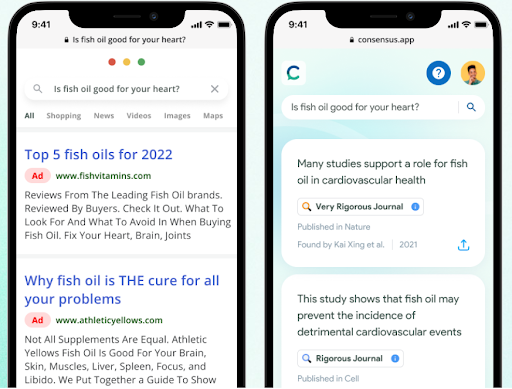
Synthesia is an AI video creation platform. Thousands of companies use it to create videos in 120 languages, saving up to 80% of their time and budget. In recent years it has emerged as a catch-all term used to describe video, image, text, and voice that has been fully or partially generated by computers.
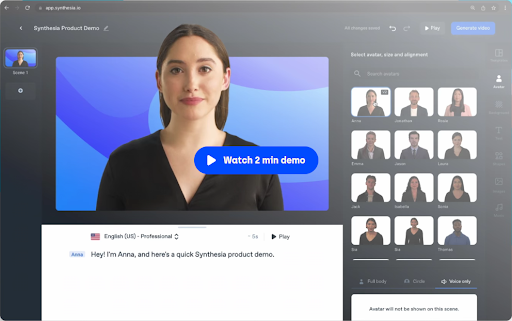
OneMetaAI. Their mission? Remove language barriers! At OneMeta AI, they utilise state-of-the-art AI, Machine Learning, and NPL tools to make multilingual communication easy and fast. During online conversations, discussions, meetings, live events, and customer service chats, Verbum™ eliminates cross-language barriers between and among individuals who speak different languages. The tool supports up to 82 languages and 40 dialects.

Humata. “Ask AI anything about your files”. Humata creates vector embeddings for semantic search and utilises the latest advances in AI to synthesise results based on natural language commands.
Uizard.io is an AI-powered design platform that helps users create custom user interfaces (UI) and user experiences (UX) for web and mobile applications. It uses machine learning algorithms to interpret natural language descriptions of UI elements and generates corresponding code and designs. The platform offers a drag-and-drop interface and a library of pre-built UI components to help users quickly create custom designs. It also provides real-time collaboration tools to enable teams to work together on UI design projects.

Sheet AI utilises AI and machine learning techniques to enhance and automate spreadsheet-related tasks. It offers features such as automated data entry, data cleaning and formatting, intelligent data analysis, and predictive modelling. With SheetAI, users can streamline their spreadsheet workflows, save time on repetitive tasks, and gain insights from their data using advanced analytics capabilities. The platform aims to simplify data manipulation and analysis by leveraging AI algorithms to assist users in handling complex spreadsheets more efficiently.
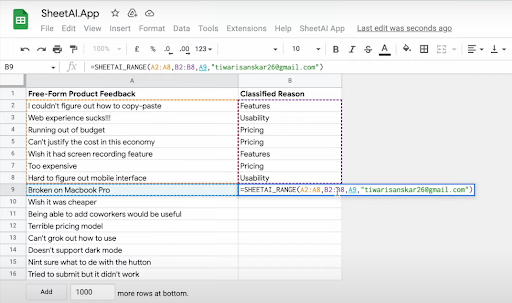
In this very fast-moving landscape, it becomes more and more critical for corporations to stay in touch with their market and continuously scout innovations worldwide and across industries. In order to sustain their edge, big companies need to collaborate with startups and innovators and be aware of their surroundings. Local hubs or experts in a single field can miss extreme opportunities right outside of their influence zone. This is why it is critical for innovation professionals to equip themselves with the most advanced tools and processes to detect your next strategic collaboration.
Innovators get to select the best technologies, and the most innovative solutions to tackle our planet’s challenges. At Novable, we enable our corporates’ vision by finding new and better paths, in a very efficient way.
Are you convinced by the importance of setting up an active innovation scouting strategy by now? As for attracting and working with startups, creativity knows no bounds! If you lack inspiration, give us a call and we’ll give you a dozen ways to foster collaboration!
AI is a great tool that truly augments our human capability, and it still won’t be replacing us any time soon.
Were you already aware of their solutions? Have you already applied some of them in your daily activities? Share your thoughts with us on LinkedIn!